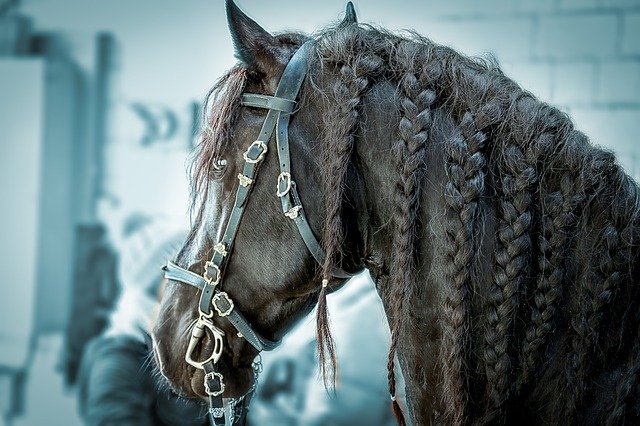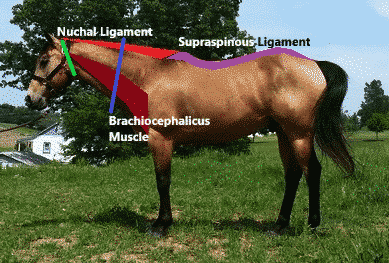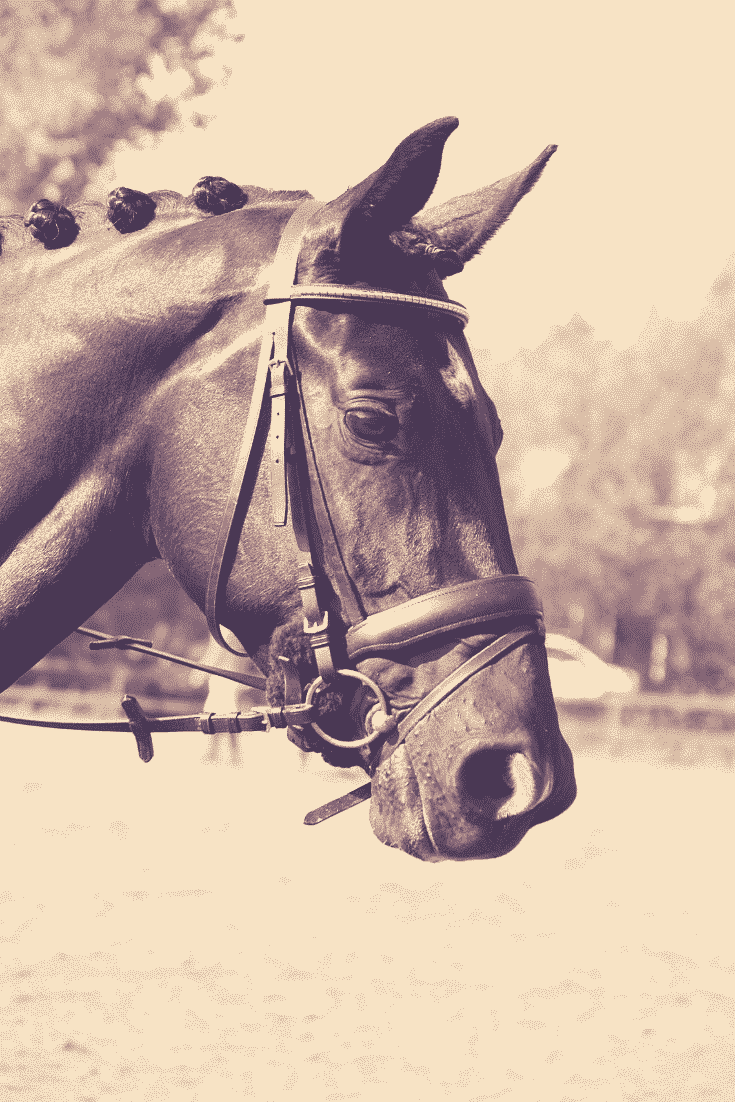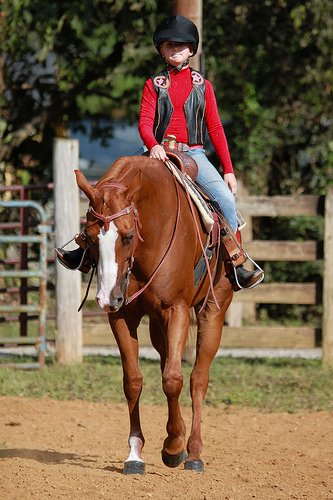
Softness is something that most equestrians strive for. Softness is the bridle, through the rib cage, moving off your leg, responding to your aids. It is vital to putting a good foundation on a horse for most any discipline. Yet achieving softness is often something that is extremely difficult.
Softness in the Poll
One of the most common areas where horses lack softness is in the poll. Softness in the poll is the gateway to softness in the rest of the body. The primary way we can soften the poll is through lateral flexion. The key, though, is moderation. Too little flexion leaves the horse stiff. Too much over-flexes the neck and disengages the top line. (Click here to read more on the Mechanics of Lateral Flexion.) It is also a matter of consistency. A horse that has been consistently over- or under-flexed will have built up their brachiocephalicus muscle (bottom neck muscle), which greatly hinders softness and collection.
Softening the poll lays the groundwork for softening the rest of the body. For many horses, the poll is the number one source of tension throughout their body. Unlock the poll and you are well on the way to unlocking the rest of the body.
Softness Through the Body
Achieving bend throughout the rib cage and body is only possible once the poll has been unlocked. The withers in particular is the second most common place for horses to carry tension. Horses who carry their heads high and tense lock up their withers and actually end up changing the physical shape of the withers. This is where is long and low exercise is extremely helpful. By getting the horse’s head down, it allows them to work over their back properly. Over time, with slow, consistent work, this literally pulls the withers up out of the back where they have been jammed down from tension and improper movement. Far fewer horses are truly mutton withered than people think. Many mutton withered horses are artificially made that way through tension and improper movement.
Unlocking the withers frees up the horse’s stride which allows him to reach up under himself and lift his back properly. This allows the rider to develop the softness and responsiveness that high level competition requires. Once these physical imbalances are corrected, horses are often much more willing to move softly and lightly of the aids.
Why do many horses lack softness
The modern horse industry has become all about speed. Horses are started younger, competed younger, and retired earlier. For trainers, keeping up in this competitive market means cutting corners and turning out horses like an assembly line. Training plans come with a schedule and deadlines. Owners are less and less understanding when a horse needs to slow down and take it at his own pace. The owners have their sights set on this futurity or that championship. They have the horse’s whole first show season planned out before he’s even 30 days under saddle.
This high pressured, market leads to horses that are rushed into competition long before they are ready. Many professional trainers don’t have time to give each horse the individual attention they need. They don’t have time to slow down and develop young horses correctly, give them time to grow up and build muscle the right way. The stiffness and pain that so many show horses struggle with is often a man-made problem. It has become such a norm in today’s industry that too many people don’t realize that there is another way.









